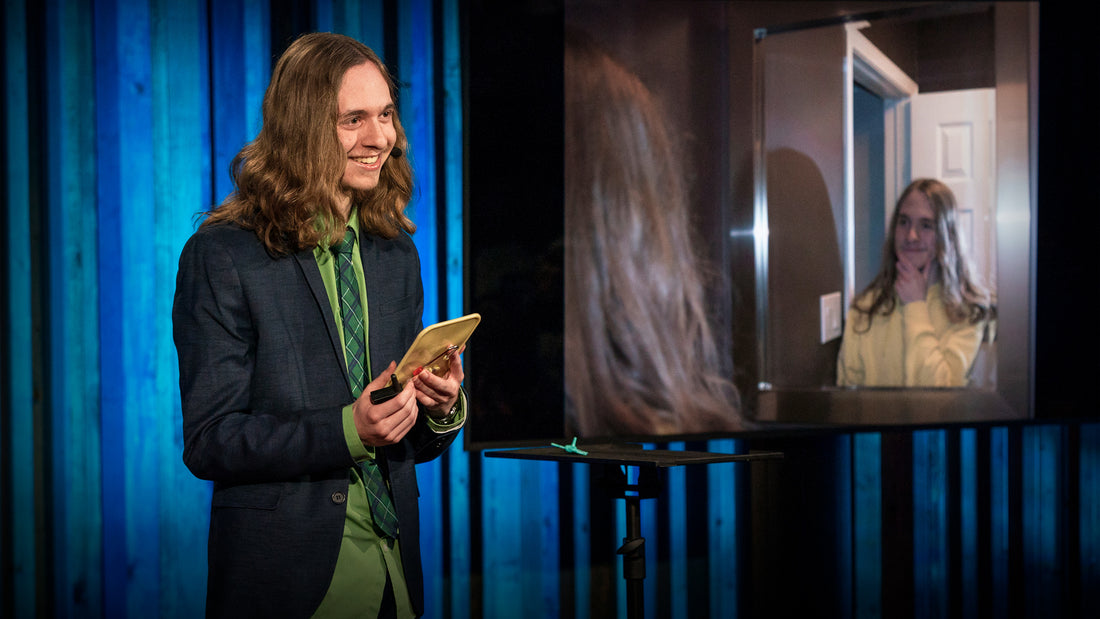Individuals with autism won’t suddenly concern themselves with social interactions if they don’t show interest early in their lives.
In a fascinating exploration of childhood development, researchers from the University of Geneva delved into the world of attention and gaze patterns in children with autism spectrum disorder (ASD). So, let's break it down and understand the world through the eyes of these unique little individuals.
As kids grow, their eyes are drawn to the social elements around them, like faces and interactions. This instinct, crucial for survival and adaptation, also sets the stage for understanding of complex social interactions to come. But this isn’t what happens for those with ASD, who are instead drawn to non-social stimuli, like textures or shapes.
The researchers used a cool little gadget, an eye-tracking device, to see how kids with ASD look at cartoons compared to their typically developing counterparts. Imagine a scene between Winnie the Pooh and Piglet. Those without ASD, would be drawn to the social interactions between the two characters, such as their faces and their conversations. But kids with ASD have their own unique visual interests and would instead fixate on objects or unusual quirks in the scenery of the cartoon, rather than Winnie and Piglet. But there’s a plot twist: those with ASD, whose visual interests closely resembled their typically developing peers, had better cognitive skills and improved functioning in everyday life.
This underscores the importance of early intervention. Lead researcher Marie Schaer says, “These findings show how important it is for therapeutic interventions to target social attention at a very early stage in ASD children, especially those with the greatest developmental delay.” Indeed, individuals with ASD won’t suddenly concern themselves with social interactions if they don’t show interest early in their lives.
So, here's to understanding the world through the eyes of these incredible kids, embracing their unique visual understandings, and working towards a future where early tailored support leads them in a successful developmental journey.

